5 reasons to visit the Russia Station in Venice
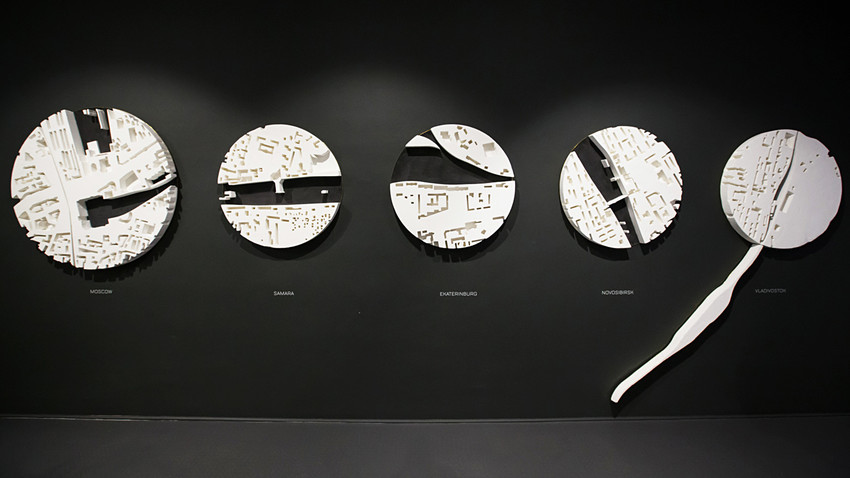
“Contemporary Russian creativity has the peculiarity of coming up with an interesting and serious
Semyon Mikhailovsky, the pavilion’s curator, expressed the general theme of the 16th International Architecture Biennale, “Freespace”, by combining architecture, history, art and the future of cities and train stations, which are like beacons in Russia’s endless expanses.
There are at least five reasons to take a glance at the Russian pavilion in Giardini as you are strolling through the world’s greatest tourist center.
1. See the first Tsarist-era train station, which hosted a Johann Strauss performance
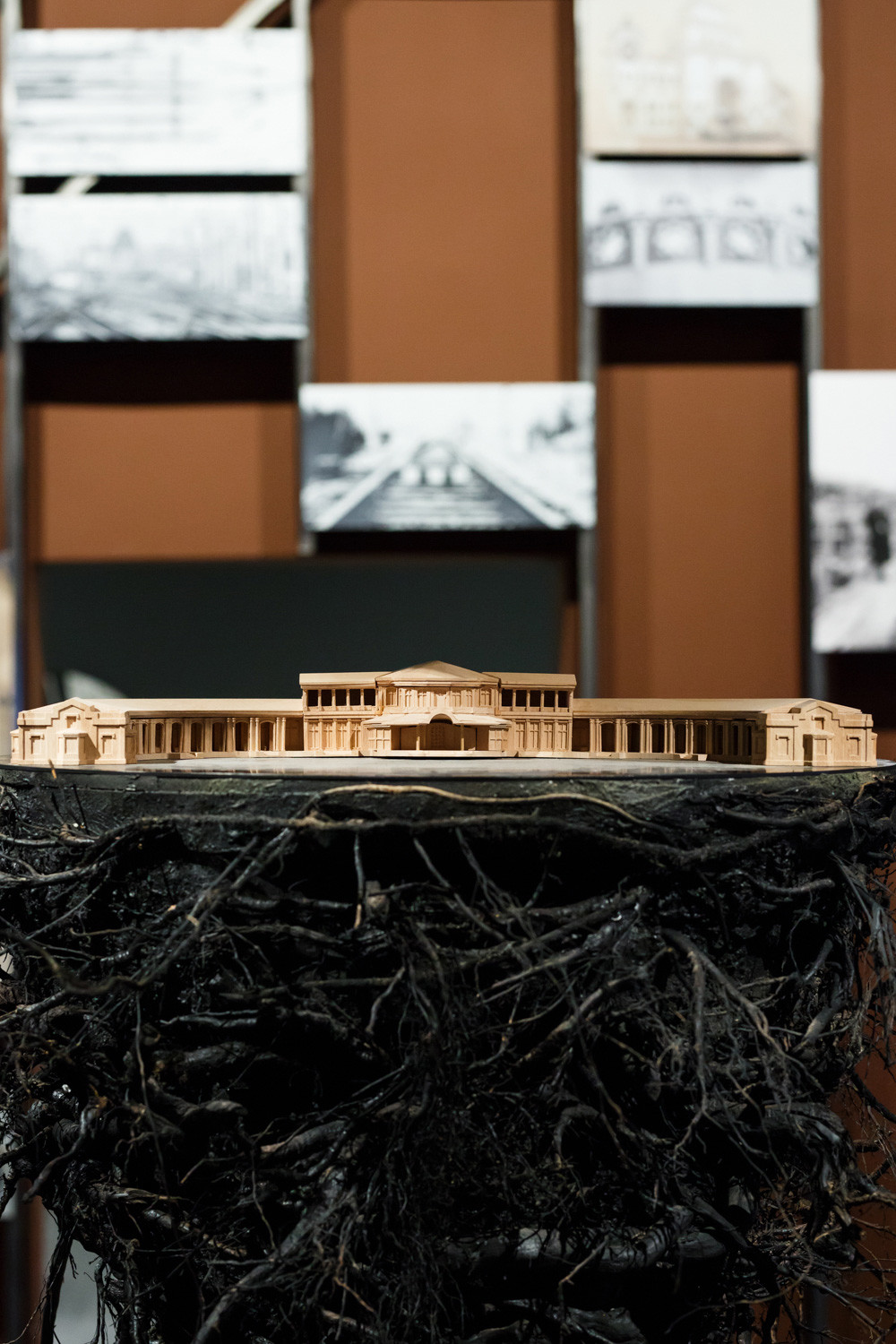
The first train station in Tsarist Russia was built in 1838 in the St. Petersburg suburb of Pavlovsk (about 18 miles from the imperial capital), which had one of the imperial summer residences. The station served not only as a place where trains came to from the
The neo-Baroque building was completely destroyed during WWII. Today it has been restored as a model art object for the Russian pavilion, where it stands in the center.
2. See how modern artists make architecture exciting
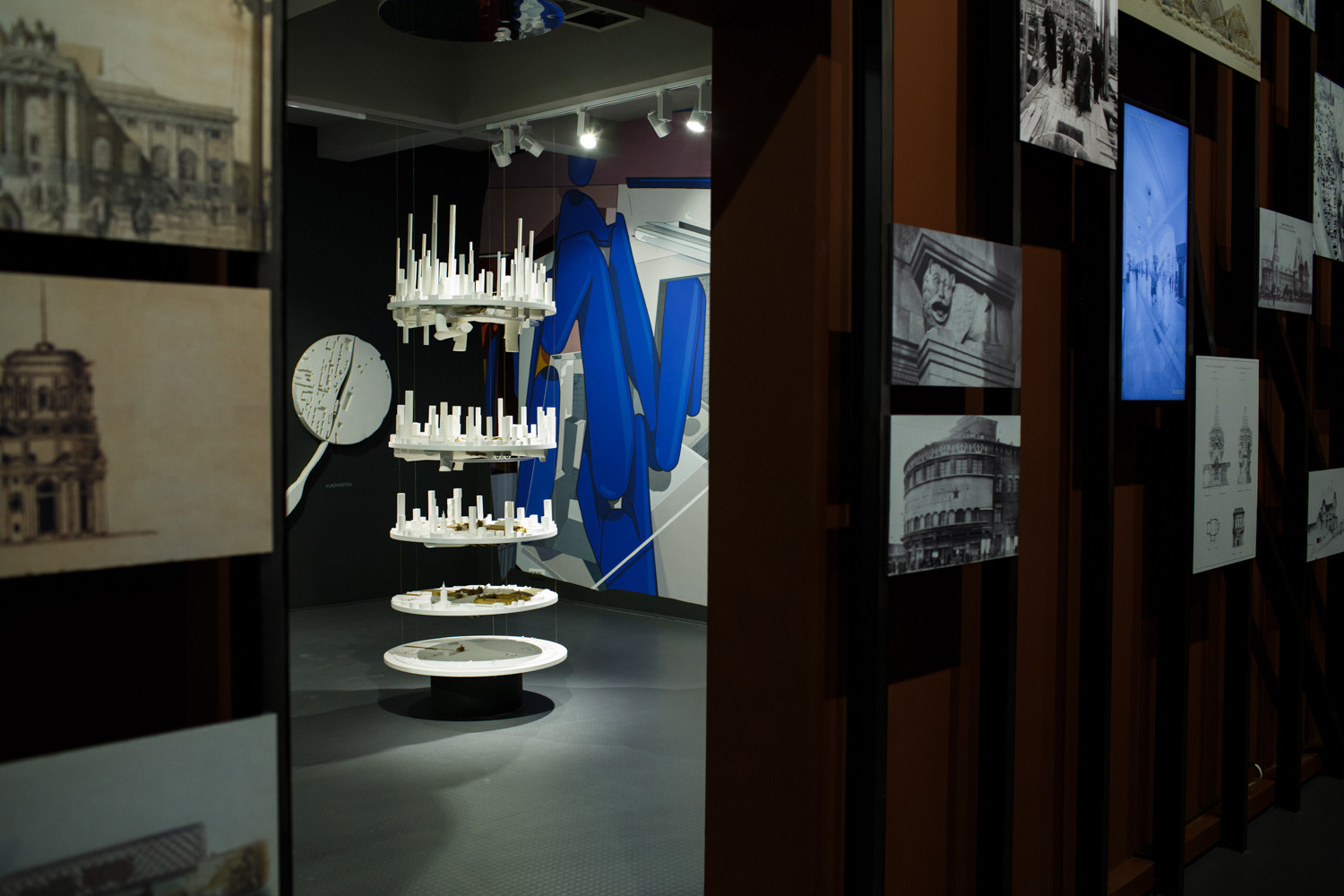
The Pavlovsk Train Station, which looks as if it were uprooted straight from the ground, is not the only art object on exhibit. The stereotypical architectural exhibition of models, photos and sketches
The exhibition contains Arden Valda’s dynamic video map of the history of Russian
3. Take a 7-minute journey on the Moscow-Vladivostok train
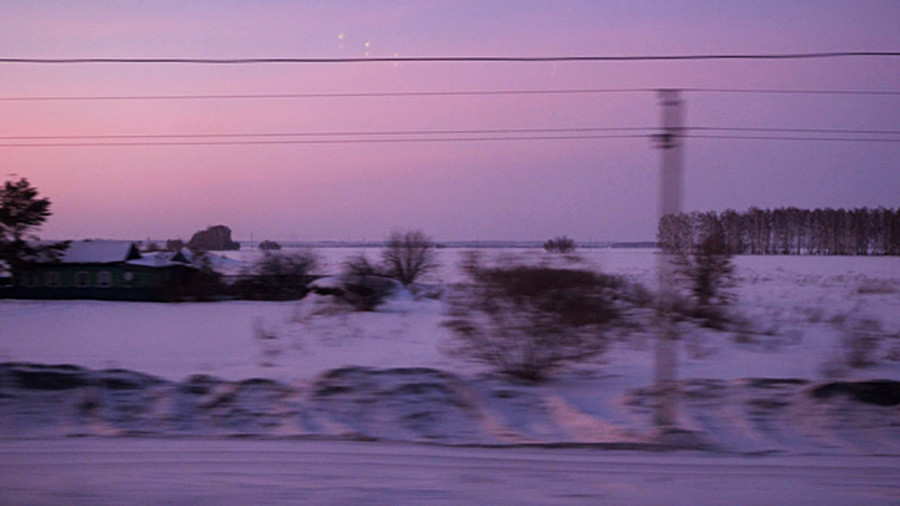
Zinchenko’s 7 Days in 7 Minutes travel video is not only a cinematic journey; it is first and foremost a personal story. A couple of years ago Zinchenko’s grandfather, an ocean-going captain who lives in Vladivostok, found the director on Facebook. They had never before seen each other.
“I decided to travel to the Far East to meet my grandfather. I took the train in order to get a sense of Russia’s endlessness, just like my grandfather had felt the endlessness of the world during his long-distance navigation,” says Zinchenko.
Tregulova calls the film not only excellent video
4. Find out how Leo Tolstoy and David Bowie traveled by train in Russia
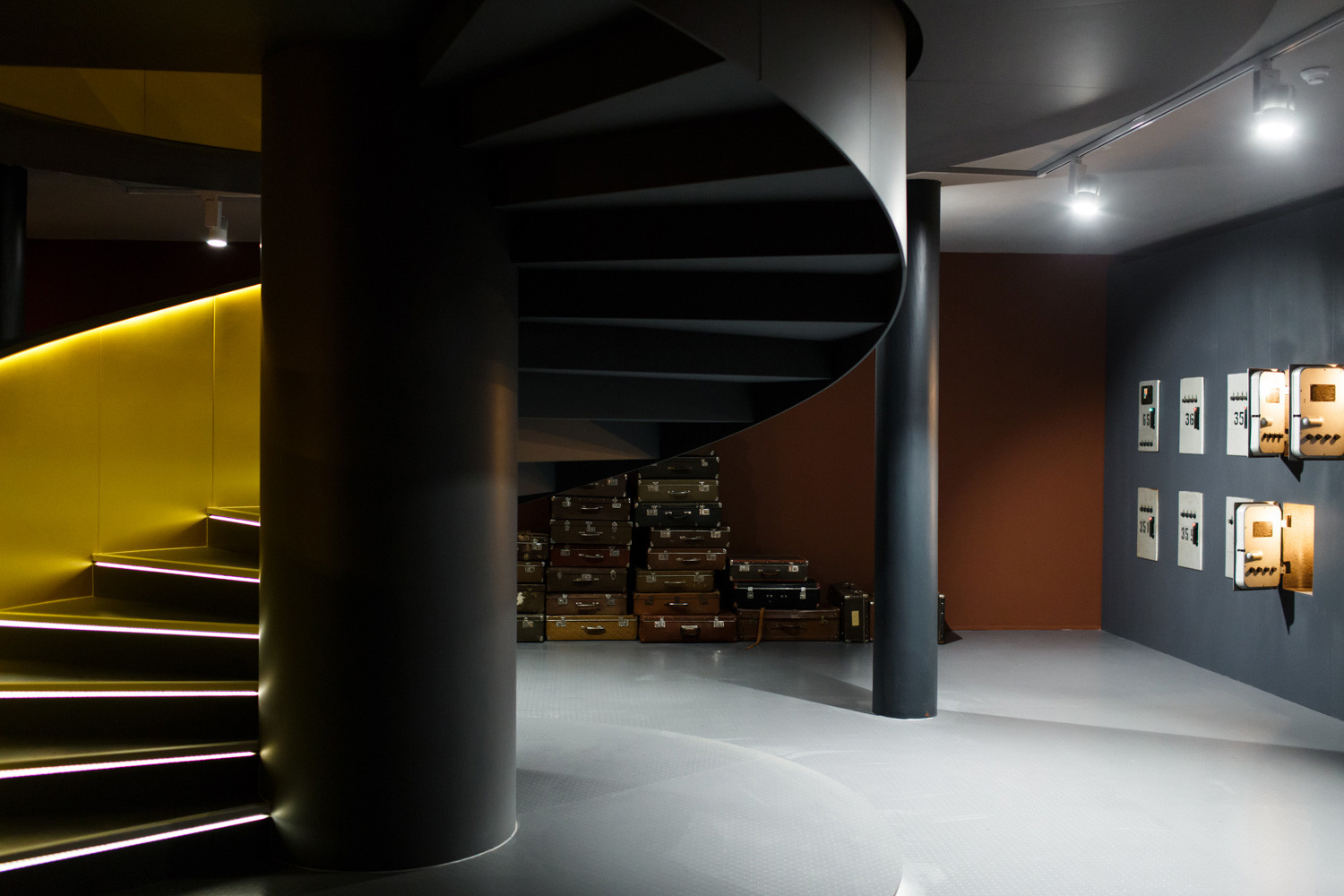
The adjacent video room has another historical art installation, Crypt of Memories, which consists of capsules from St. Petersburg's Moskovsky Train Station from Soviet times that are wedged into the wall. The boxes contain station artifacts and mementos from famous passengers who
For example, here you can learn that Leo Tolstoy hated to use trains and it was a train ride, according to the writer’s personal doctor, that proved fatal, as the death 82-year-old writer fell ill on a train shortly before his death.
There is also the story of Mao Zedong who traveled on a special train to meet Joseph Stalin, hoping to receive support from the Soviet leader.
5. Understand how you can travel 550 miles by train in 3.5 hours

Obviously, no national pavilion at the Biennale can do without a project for the future. The Russian pavilion shows the high-speed Moscow-Kazan railway, which has been costed at about $17 billion.
The project, with its stops and stations dispersed along 550 miles of railways, was presented by Nikolai Shumakov (Metrogiprotrans), who promised that trains traveling up to 220 miles/hr would be able to take passengers from Moscow to Kazan in 3.5 hours.
If using any of Russia Beyond's content, partly or in full, always provide an active hyperlink to the original material.
Subscribe
to our newsletter!
Get the week's best stories straight to your inbox